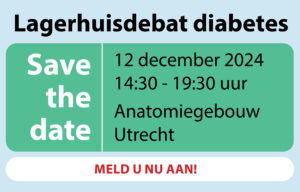To investigate temporal trends and contemporary use of insulin pump therapy and glucose monitoring in type 1 diabetes.
In a population-based study, we analyzed the use of insulin pump therapy, continuous glucose monitoring (CGM), and self-monitoring of blood glucose (SMBG) from 1995 to 2017 in patients with type 1 diabetes identified from the Diabetes Prospective Follow-up (DPV) database in Germany and Austria. Patients were stratified by age, sex, migration background, and country.
Among 96,547 patients with type 1 diabetes (median age 17.9 years, 53% males), the percentage using insulin pump therapy increased from 1% in 1995 to 53% in 2017, with the highest rates in the youngest patients (92% in preschoolers, 74% in children, 56% in adolescents aged <15 years, 46% in adolescents aged ≥15 years, 37% in adults). The percentage of patients using CGM increased from 3% in 2006 to 38% in 2017, with the highest rates in the youngest patients (58%, 52%, 45%, 33%, and 15% of respective age-groups). Daily SMBG frequencies increased from 1995 to 2016 and decreased afterward, most prominently in the youngest patients. Between 2015 and 2017, pump therapy was more frequently used in female versus male adolescents and adults (all P < 0.001), while no sex differences were observed for pump use in children <10 years (all P = 1.0) and for CGM use in all age-groups (all P = 1.0).
Since 1995, insulin pump use has continuously increased, and insulin pump therapy is now standard in patients aged <15 years. CGM use sharply rose in recent years, particularly in young children.


